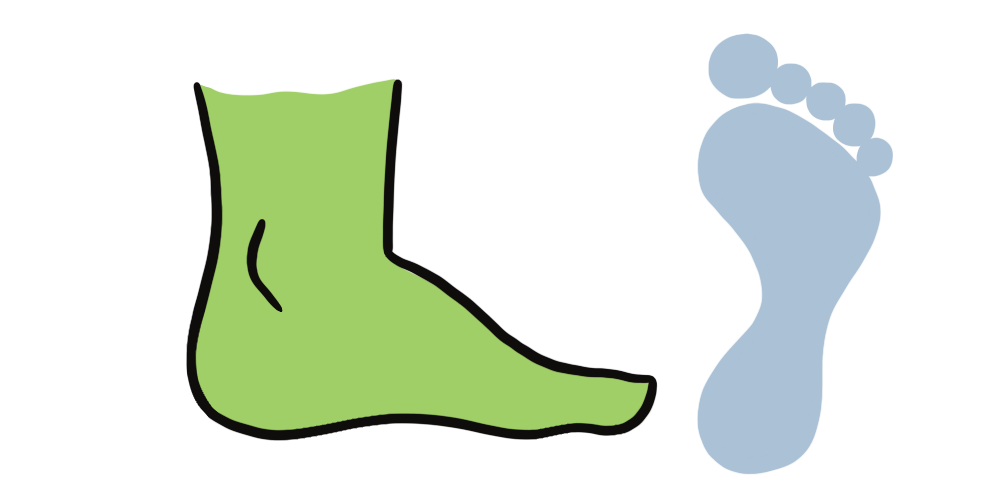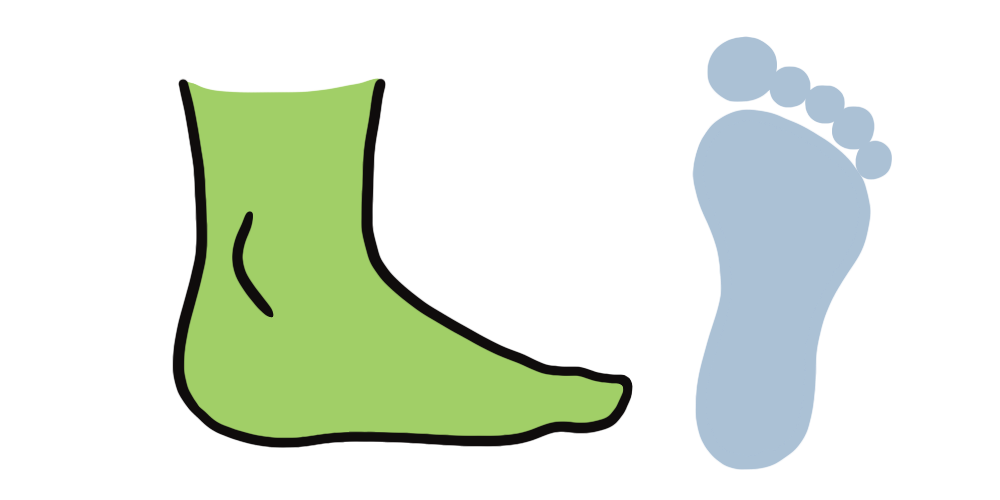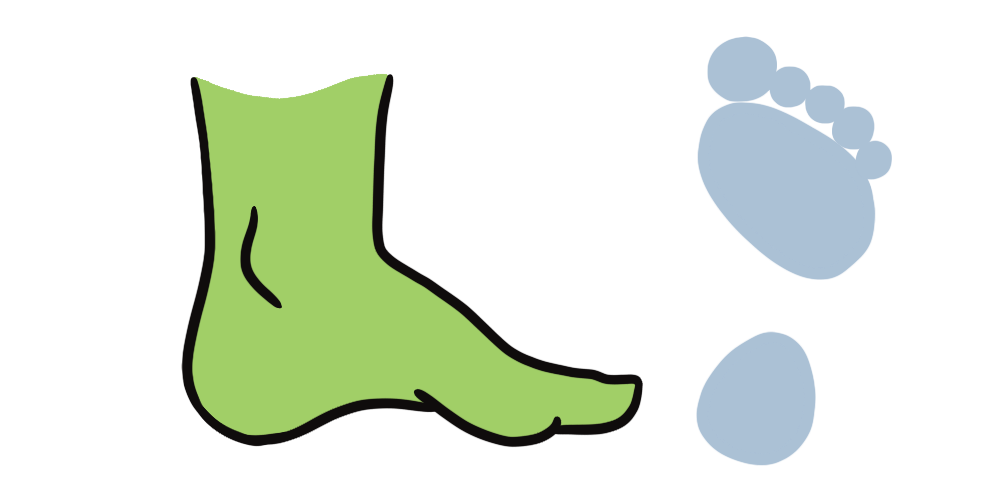Arch type and shoe width
Understanding your arch type and shoe width is an important step in finding the right running and sports shoes and insoles. Read our tips below to find out yours.
What is my shoe width?
Most sports footwear comes in a regular width. That is a D width for men and a B width for women.
If you think you have wide feet then do look out for wider fitting footwear on our site. They are clearly marked. For Men an extra width fitting is a 2E fit and for Women a D fit. It is possible to get a 4E fit for men too, but we recommend you contact us if you think this may apply to you.
To get a really good fit in footwear it is important to consider width as well as length.
Your shoes should fit comfortably width-wise. If your feet look like they bulge out from the sides of your shoes and you ever get any blistering at the edges of your feet or any soreness after a run, then you may need a wider fitting shoe.
In general, in running shoes, we consider Adidas and Asics shoes to be a good fit for people with regular width feet or even for people with slightly narrow feet.
Brooks, New Balance and Saucony footwear often fit people with a regular to slightly wider foot.
If you do have wide feet then you are likely to need an extra width fitting shoe.
If you are not sure about your foot width, please do contact us.
What is my arch type?
Do you know whether you have feet with a medium arch, a low arch or a high arch? If you do, then you can compare your feet to the three types below. You need to know your arch type if you are planning to buy a sports insole.
There is a good correlation between arch-type and gait (i.e. whether you over-pronate, supinate or are a neutral runner), but we do recommend that you do the two simple tests that we describe in our help me choose a running shoe page too.
If you don't know your arch-type or you're not sure, you can do the wet foot test to find out. All you need is a bowl of water and a newspaper. Stand in the bowl of water for a few seconds and then stand on the newspaper. Then look at your footprint. Then check how similar your footprint looks to our images below.

Medium arch
Feet with a medium arch look similar to this. This is the ideal arch shape as your arch is likely to be flexible and help you to absorb impact from running and other sports well. With this arch type you may over pronate or you may be a neutral runner. You should do the two squat tests in our help me choose a running shoe page to check.

Low arch
Feet with a low arch look similar to this. With this arch type you are most likely to over pronate and need a running shoe with support. You should do the two squat tests in our help me choose a running shoe page to check.

High arch
Feet with a high arch look similar to this. With this arch type you are most likely to be a neutral runner and therefore need a neutral running shoe. You should do the two squat tests in our help me choose a running shoe page to be sure. You may also be a Supinator, but Supinators need neutral running shoes too.
